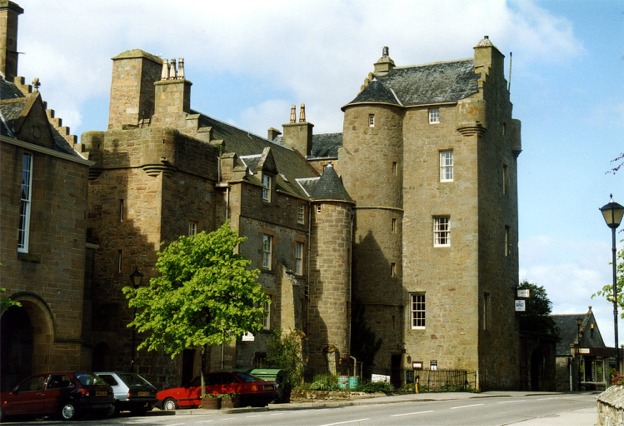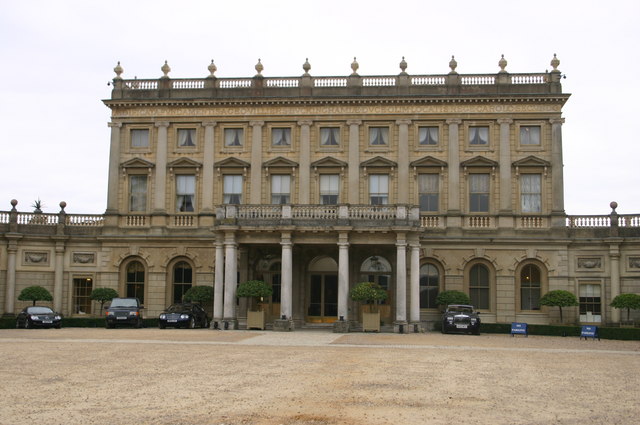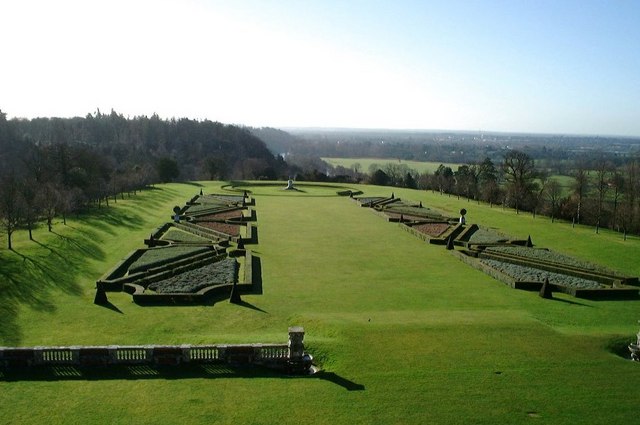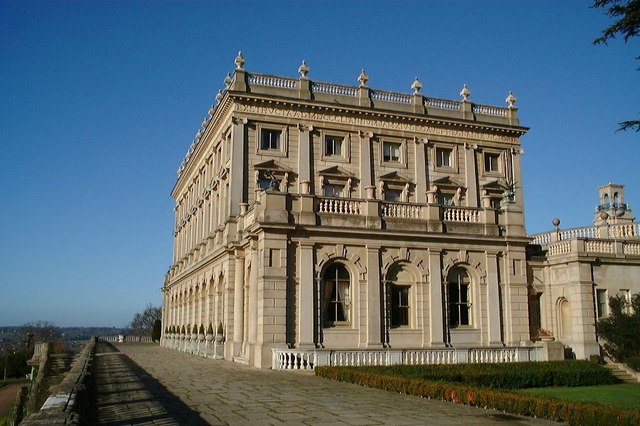Castles and Forts Converted Into Luxurious Hotels
Dolhousie Castle
During a celebration at Roxburgh Castle, which was owned by Sir William Douglas a friend of Alexanders, he scaled the walls and surprised the party goers. Douglas had already grown quite tired of the antics, so when Alexander won appointments by King David, Douglas was so jealous that he plunged a dagger into Alexanders back and threw him into a dungeon at Hermitage Castle and left him there to starve. It was said that close to 450 years later, workers at Hermitage found Alexanders remains.
Uninvited guests were warmly welcomed by hot oil poured on them from above the towers, or they were lowered into the dungeons by ropes.
Now a days, it's more charming and elegant. Oak paneling, canopy beds, a romantic candle lit dungeon for dining, and Tartan panels and bedspreads make you feel like your back in the 15th and 16th century.
Schloss Waldeck
 Source
SourceIn 1120, this fortress was the home of the counts of Waldeck. Large sections were destroyed during the Seven Years War , which explains it's crumbling, dreary condition. The castle was completely abandoned during the 17th century for reasons unknown.
Presently, it's being used both as a hotel and a museum, displaying artifacts from the Waldeck counts and a sorceresses tower, complete with prison cells. Oddly enough, most of the festivities start in the evening when torchlight tours are provided in the 13th century kitchen, dungeons, and jail.
Shelly Barclay says Boldt Castle is a breathtaking structure on Heart Island on the St. Lawrence River in New York. Heart Island is situated in the picturesque Thousand Islands in Alexandria Bay. For more than one hundred years, Boldt Castle and its outlying structures have graced Heart Island. You would be hard pressed to find a more romantic castle in a more picturesque setting. Like the Taj Mahal before it, Boldt Castle was erected as a monument to a man's undying love for his wife.
The Castle of Taunton
Taunton Castle is the home of Englands oldest fortress. In the Anglo Saxon Chronicles, it was said that a wooden castle was built here in 710 by the King of Wessex. The castle later was burned to the ground and later rebuilt. On the walls of the hotel, you can see the painted arms of the Bishops of Winchester who were granted the property by Queen Frithogytha of the West Saxons.
By 1001, the Danish had already burned the castle down, as well as the city. However, by 1066 another castle had already taken it's place.
Around the 15th century, Perkin Warbeck pretended to be the Duke of York in order to invade England. He tried not once, but twice and failed. While he was attempting to invade, he captured Taunton proclaiming himself King Richard IV. However, when Henry VII came to Taunton he captured Warbeck, who later met his fate in the Tower of London.
Close to 200 years later, the Duke of Marmouth came to Taunton and proclaimed himself King. He was however defeated in the Battle of Sedgemoor, and he and his men were executed by Judge Jeffery.
During the 18th century, part of the fortress was turned into a hotel. During the spring, the outer structure is adorned with wisteria, framing it like a country garden.
The decor is medieval in motif with heavy velvet window panels and antique furnishings. The guest rooms are enchanting with bouquets of local flora and bottles of sherry. It's a perfect destination for historians, honeymooners, and family gatherings.
Dornoch Castle

The cathedral and Dornoch Castle were both built by Gilbert Murray in 1224. Hundreds of years later a feud between the Murrays and the Mackays caused Dornoch to be pillaged and the castle and cathedral were burned.
Around 1722, Dornoch was home to the infamous burning of the last witch in Scotland, Janet Horne. She was said to have turned her daughter into a pony and she rode it to the witches coven. The castle was rebuilt and used as a jail, schoolhouse, courthouse, and garrison.
The castle is more bizarre than luxurious with it's winding staircase up to reception and the dungeons used as storage space. The rooms are simple and comfortable with views of the countryside and grounds. Five minutes away is the Royal Dornoch Golf Club which is voted one of the top twenty courses in the world.
Cliveden-17th Century
The Duke of Buckingham trusted minister of King Charles II needed a place to carry on an affair with the Countess of Shrewsbury. In Britains most famous duels, Buckingham killed the countesses husband with a swift blow to the head. Buckingham was dismissed years later by the king.Over the years and with the passing of hands, a dovecote, water tower, and the stables were added. In Britain, Cliveden is associated with the Astor family who purchased the property in 1893 and added gardens and the art found throughout the house.
When Waldorf and his bride Lady Nancy Astor received Cliveden as a wedding present they spared nothing to provide the most lavish of parties. Guests included Henry James, Winston Churchill, Edward Prince of Wales, and many more accomplished individuals.
Presently, this luxurious hotel is a place of solitude and breathtaking scenery. The inner public rooms are adorned with carved wooden columns, molded ceilings elegantly decorated by window panels, such as the Orkney tapestries.
There are four staff members for every room who assist you in unpacking and drawing baths, amongst many other duties.
As for the cuisine, there's one word,"exceptional". Clivedens restaurants are considered the finest in England. To add to this luxurious adventure, Cliveden provides two boats which are available to cruise the Thames. However, if romance is what you crave the Suzy Ann goes out for a pre-dinner champagne cruise during the summer evenings.
Star Castle
Several miles off the Cornish coast, the Scilly Isles tell tales of Celtic legends and holy men. It was estimated that several thousand years ago was the first time men inhabited the area. The area is thriving with lush vegetation, including flowers that grow to seven feet tall.The Star Castle was built in 1593 during Elizabeth I reign as a defense against the Spanish. When King Charles II was hiding from Cromwell in 1643, he hid in the Star Castle. Following his stay, Blake took over the castle from Sir John Greenville, and then the cavaliers after that. In 1933, King Edward VIII officiated the opening ceremony of the castle as a hotel.
The Star Castle has eight pointed ramparts and is surrounded by a dry moat. It sits on Garrison Hill overlooking the sea and is a short walk to Hugh town. There are two types of accommodations including several rooms with canopy beds and white wash walls with wooden beams. There are also modern garden apartments with verandas and a view of the sea.
More Interesting and Fascinating Destinations
Penelope Sunderland says "Would you like to know what life was like in medieval Ireland? There are several places you can go to visit where a guided tour around old sites will give you a flavor of life in the past. Three good examples in southern Ireland are the castles at Blarney, Bunratty and Cahir." Read more about life in a Medieval Irish Castle
nobert soloria bermosa says "Castles were particularly popular in Europe and in some parts of Asia during the Middle Ages up to the 19th century. They have been built either as fortress or residence of the nobilities. " Read more about the World’s Magnificent Castles: Perfect Tourist Destinations
The Templars erected many buildings in the west including preceptories, churches, and granges for administration purposes. They were simplistic and utilitarian in form with of course a few exceptions. There was no dictated form of Templar church architecture. Read more about the 10 Mysterious and Mystical Templar Castles, Churches, and Fortresses
- Fascinating Castles and Palaces From Around the World
- Haunted Irish Castles
- Five Haunted Castles of Scotland
- The Castles of Wales















2 Comments:
Very interesting, it would really be something to spend a night in or even visit anyone of these castles.
Castles are cool, but when you think about all of the reasons why they were built. I do not think I would have wanted to live back in the day that requires one of those castle just to keep me and my family safe. I still think they are cool and just love to go and visit them. Minus the fact that I am to tall for most of the castles I visit.
Rhett Out.
Post a Comment
We appreciate comments, but we delete SPAM.